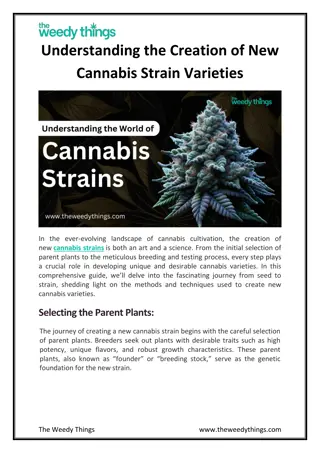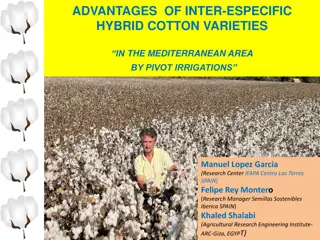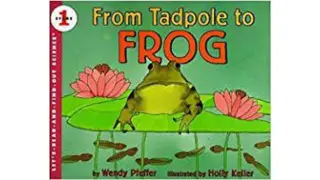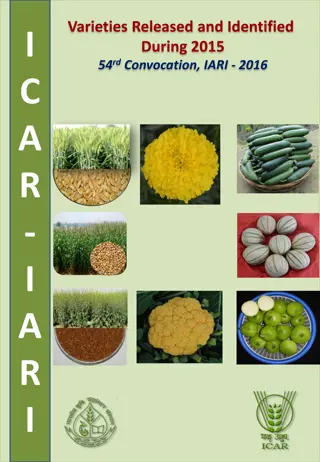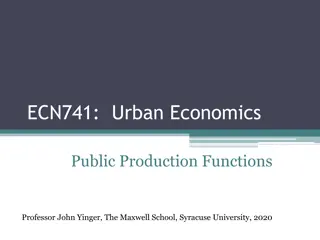Insights into Hibernation in Animals: Functions and Varieties
Hibernation is a fascinating biological phenomenon observed in various animals, enabling them to survive harsh conditions by conserving energy. This state of inactivity and metabolic depression is crucial for species like bears, pygmy possums, and bats during winter months. Animals hibernate to cope with food scarcity and extreme cold, lowering their metabolic rate and temperature. Obligate and facultative hibernation are two types seen in mammals, each with distinct characteristics and triggers. Exploring hibernation sheds light on how animals adapt to environmental challenges.
Download Presentation

Please find below an Image/Link to download the presentation.
The content on the website is provided AS IS for your information and personal use only. It may not be sold, licensed, or shared on other websites without obtaining consent from the author. Download presentation by click this link. If you encounter any issues during the download, it is possible that the publisher has removed the file from their server.
E N D
Presentation Transcript
HIBERNATION Hibernation is a state of inactivity and metabolic depression in ectotherms. Hibernation refers to a season of heterothermy characterized by low body-temperature, slow breathing and heart-rate, and low metabolic rate. It most commonly occurs during winter months. Some hibernating animals include bears, pygmy possum, bats, frogs, snakes, lizards and snails.
WHY DO ANIMALS HIBERNATE Animals hibernate because in winter time there is not much food to eat and it is very cold. The animals make nice and warm places to sleep and have some food stored away for when they make up. When the animals wake up it will be spring time. The weather will be warmer and there will be plenty of food to eat.
FUNCTIONS OF HIBERNATION Hibernation functions to conserve energy when sufficient food is unavailable. To achieve this energy saving, an endothermic animal decreases its metabolic rate.
HIBERNATION IN BIRDS There is only one bird which is known to hibernate throughout the winter the common poorwill. Thissmall relative of nightjar is found in western states of the USA such as California and New Mexico where it inhabits open areas of low vegetation and rocky placed.
HIBERNATION IN MAMMALS Two types of hibernation occur in mammals : 1. Obligate hibernation 2. Facultative hibernation
Obligate Hibernation : * These are animals that annually enter hibernation regardless of ambient temperature and access of food. * These species undergo a physiological state where in the body temperature drops to near ambient temperature and heart and respiration rates slow drastically. * White-tailed prairie dog is an obligate hibernator.
Facultative Hibernation : * Facultative hibernators enter hibernation only when either cold-stressed, food-deprived, or both states are present. * Unlike obligate hibernators, they enter hibernation based on seasonal timing cues rather than as response to stressors from the environment. * The closely related black- tailed prairie dog is a facultative hibernator.
DORMANCY IN ECTOTHERMS Because they cannot actively down-regulate their body temperature or metabolic rate, ectothermic animals including fish, reptiles, and amphibians cannot hibernate. However, they can experience deceased metabolic rates associated with colder environments or low oxygen availability (hypoxia) and exhibit dormancy (known as brumation). The ability to survive hypoxic or anoxic conditions is not the same as, not closely related to endothem hibernation.
WINTER SLEEP Winter sleep is an adaptation of certain mammals that enables them to survive the unfavorable food and climatic conditions during the winter. In contrast to hibernation, winter sleep is characterized by a lesser decrease in body temperature and metabolic activity. Winter sleep may occur in plants or animals.
WINTER SLEEP IN ANIMALS Winter rest in an animal is different from true hibernation, since the metabolism is not reduced drastically. The body temperature is not significantly lowered, however the heart rate is reduced. This means that animals can quickly become active again if temperatures rise or the snow melts. Examples are raccoon, badgers, brown bears.
WINTER SLEEP IN PLANTS Deciduous trees lose their foliage in the winter. Tree growth rings are a result of winter rest, as there is rapid growth in the warmer spring, then slower growth later in the year. Perennial and biennial herbaceous plants lose their frost- sensitive, above-ground parts before the winter, and regrow in the spring Herbaceous plants that are annual, producing seeds before the winter, can also be considered to have winter rest in some form because their seeds may stay inactive over the winter before germinating.
Annual plants which have seeds that germinate before winter also have winter rest. Winter cereals, for example which are down in the fall and germinate before the frost, become dormant during the winter and actually require a few weeks of cold before they are able to flower.
TORPOR Torpor is a state of decreased physiological activity in an animal, usually by a reduced body temperature and metabolic rate. Torpor enables animals to survive periods of reduced food availability. The term torpor can refer to the time, a hibernator spends at low body temperature, lasting days to weeks, or it can refer to a period of low body temperature and metabolism lasting less than 24 hours, as in daily torpor . Slowing metabolic rate to conserve energy in times of insufficient resources is the primarily noted purpose of torpor.










